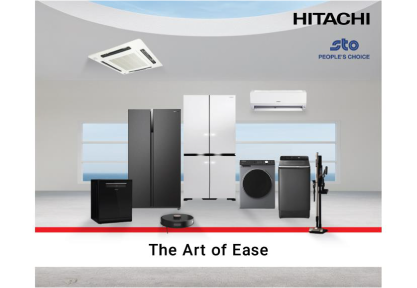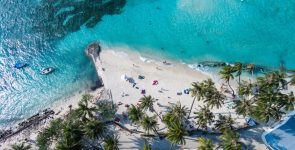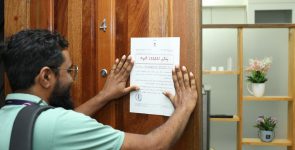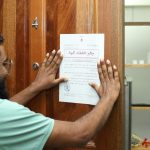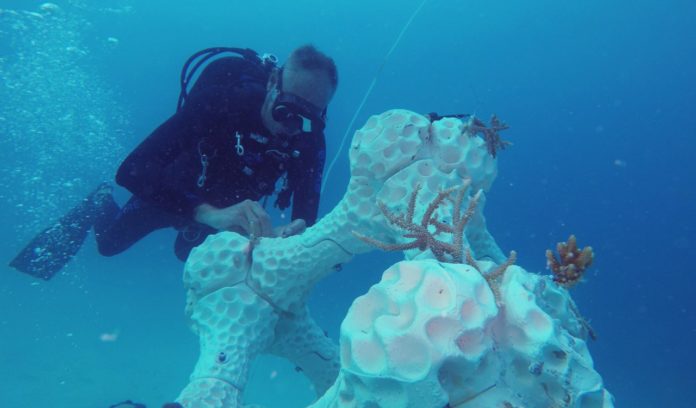
The world’s largest and Maldives first 3D-printed reef system was installed at Summer Island Maldives on 11th August in an effort to help protect coral reefs.
The artificial reef, which is created with ceramic and concrete modules, was submerged 7 metres in the Blue Lagoon part of Summer Island’s house reef. Coral fragments grown on the resort’s existing coral nursery were transplanted onto the 3D reef. In a few years, the coral fragments is expected to colonize the structure.
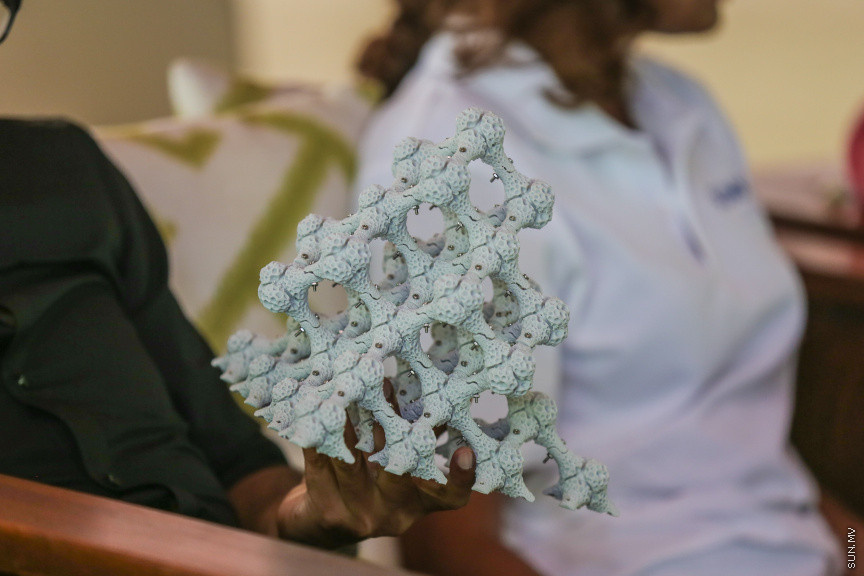
The project was implemented by a partnership between Summer Island, its dive school operator, Diverland Maldives and designers from Reef Design Lab in Australia.
The project commenced in Melbourne, where industrial designer Alex Goad used computing modelling to design the reef structures similar to those found naturally in the Maldives. A 3D printer was used to print the moulds and concrete was poured into the ceramic moulds to make dozens of small, modular reef structures. The structures were then slotted and stuck together to make the new reef.
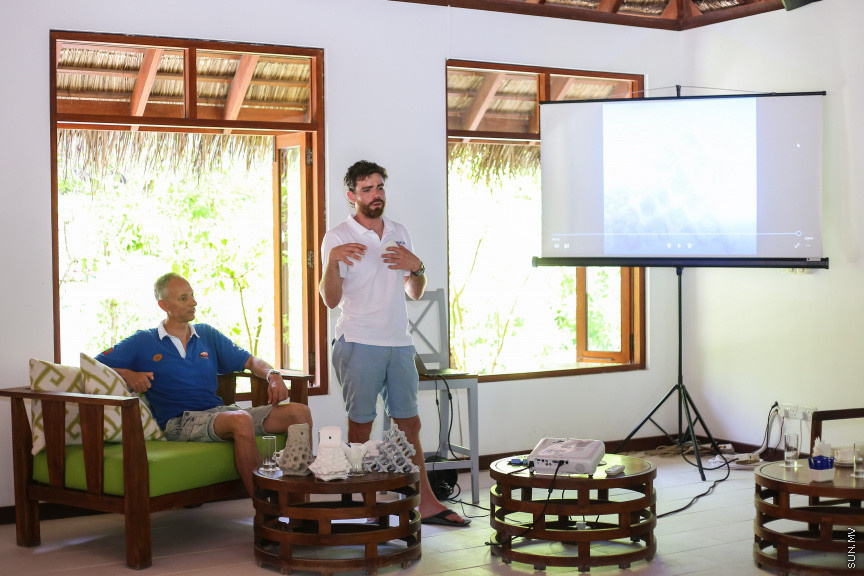
Alex stated that 3D printing technology would help us to mimic the complexity of natural reef structures such that we can design artificial reefs that resemble natural ones.
Alex plans to make his designs open source to allow researchers to conduct similar projects.
Coral reefs across the world are under threat. Coral bleaching in the Maldives was first reported in 2015, but most areas rebounded quickly. As the unusual weather patterns associated with an El Niño event persisted throughout 2015 and worsened in 2016, reefs bleached again.
The 3D printed reef system is Summer Island’s latest initiative in protecting the environment. To mark World Oceans Day this year, the resort discontinued single-use plastic drinking straws. In 2015, Summer Island introduced glass bottles to replace plastic water bottles. Additionally, the resort uses solar power to produce hot water and will continue to use renewable energy for the island.

